
Cleaning the washing machine is very necessary, but not everyone knows about this hidden switch
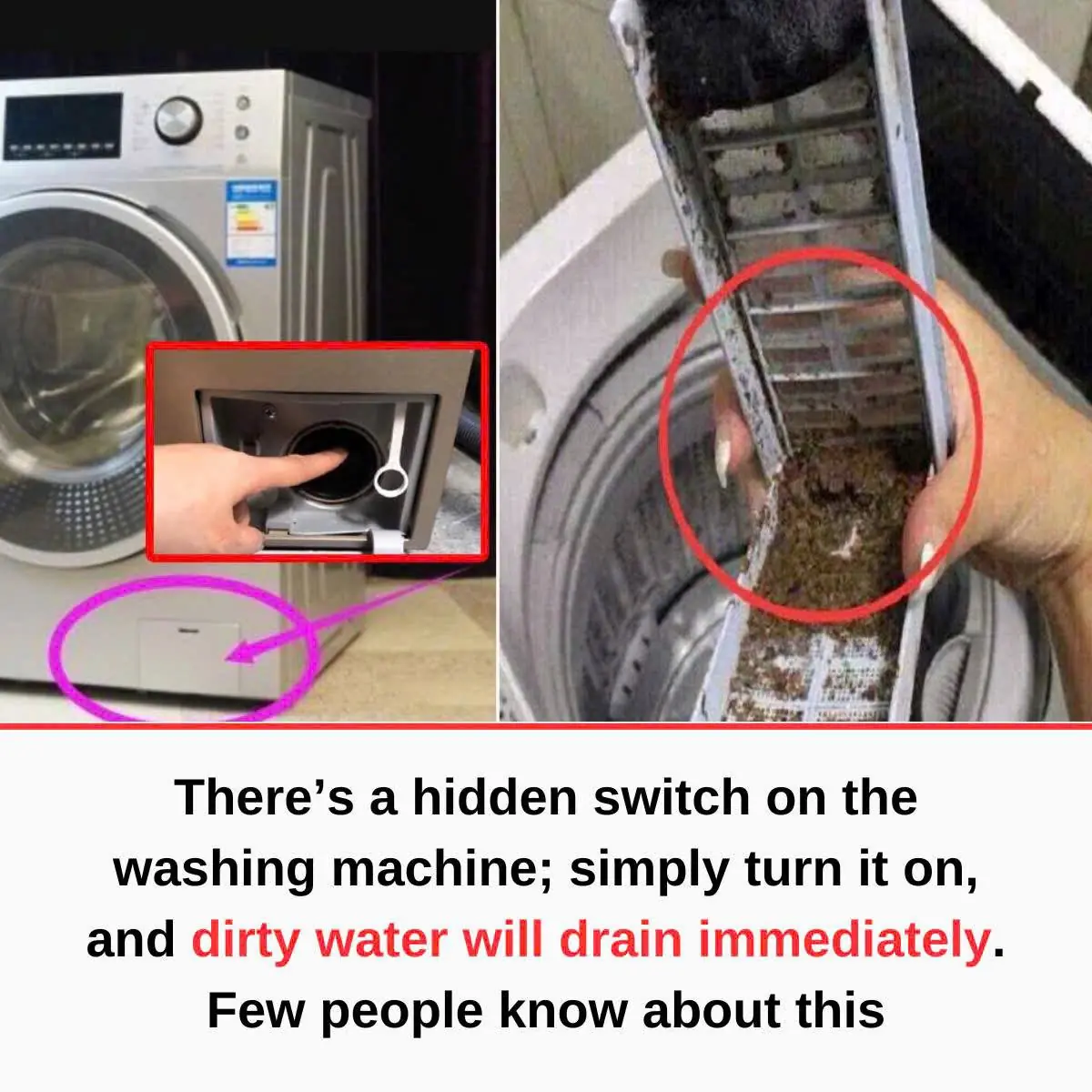
Here’s a detailed guide on how to clean your washing machine, including the use of the "hidden switch" or "Self Clean" feature:
1. Using the "Self Clean" Feature
This feature is found in many modern washing machines and helps clean the drum without the need for extra cleaning agents. It is one of the helpful functions that not everyone knows about.
Steps to Use the "Self Clean" Feature:
-
Step 1: Check the Machine
Make sure the washing machine is empty, as the cleaning process is designed to work without any laundry inside. -
Step 2: Select the Self Clean Option
Look for the "Self Clean" mode on your washing machine's control panel. If your washing machine doesn't have this feature, you will need to use alternative methods to clean it. -
Step 3: Start the Cleaning Cycle
Press the "Start" button, and the machine will begin the self-cleaning process. This usually takes 1 to 2 hours, where the machine uses hot water to remove dirt, bacteria, and mold from parts like the drum and drainage system. -
Step 4: Wipe the Interior
Once the cycle is complete, leave the door open for a few minutes to cool down. Then, use a damp cloth to wipe down the inside of the machine, including the door and the rim, to remove any leftover debris.
2. If Your Washing Machine Doesn’t Have a "Self Clean" Feature
If your washing machine doesn’t have a self-cleaning feature, you can still clean it manually using vinegar and baking soda. Here’s how:
How to Clean Your Washing Machine with Vinegar and Baking Soda:
-
Step 1: Clean with Vinegar
Pour about 2 cups of white vinegar into the detergent drawer or drum. Then, run the washing machine on the hottest cycle (with no laundry inside). The vinegar will help break down any build-up and neutralize odors. -
Step 2: Use Baking Soda
After the vinegar cycle, add about 1/2 cup of baking soda into the detergent drawer. Run another hot cycle. The baking soda will help remove any remaining residues and freshen up the washing machine. -
Step 3: Wipe Down Other Areas
Once the cycles are complete, wipe down the door and the rubber seals with a damp cloth. You can also use vinegar to clean the detergent drawer and drainage areas to eliminate bacteria and build-up.
3. Why is Cleaning Your Washing Machine Important?
-
Eliminates Odors: Washing machines are often damp, which creates an environment for bacteria and mold to grow. Cleaning the machine regularly removes these odors, keeping your clothes smelling fresh after each wash.
-
Improves Performance: When your machine is clean, it works more efficiently, saving energy and water during the washing process.
-
Extends the Lifespan: Regular cleaning helps protect internal components of the machine, preventing wear and tear caused by accumulated residue and mold.
4. How Often Should You Clean Your Washing Machine?
-
Every 1-2 Months: Depending on how often you use your washing machine, you should clean it every 1 to 2 months.
-
When You Notice Odors: If you start to notice musty smells on your clothes after washing, it’s a sign your washing machine needs cleaning.
-
When You See Build-Up: If you notice residue or stains in the drum, it's time to clean it.
By following this detailed guide, you’ll be able to clean your washing machine effectively and keep it in good working condition!
News in the same category

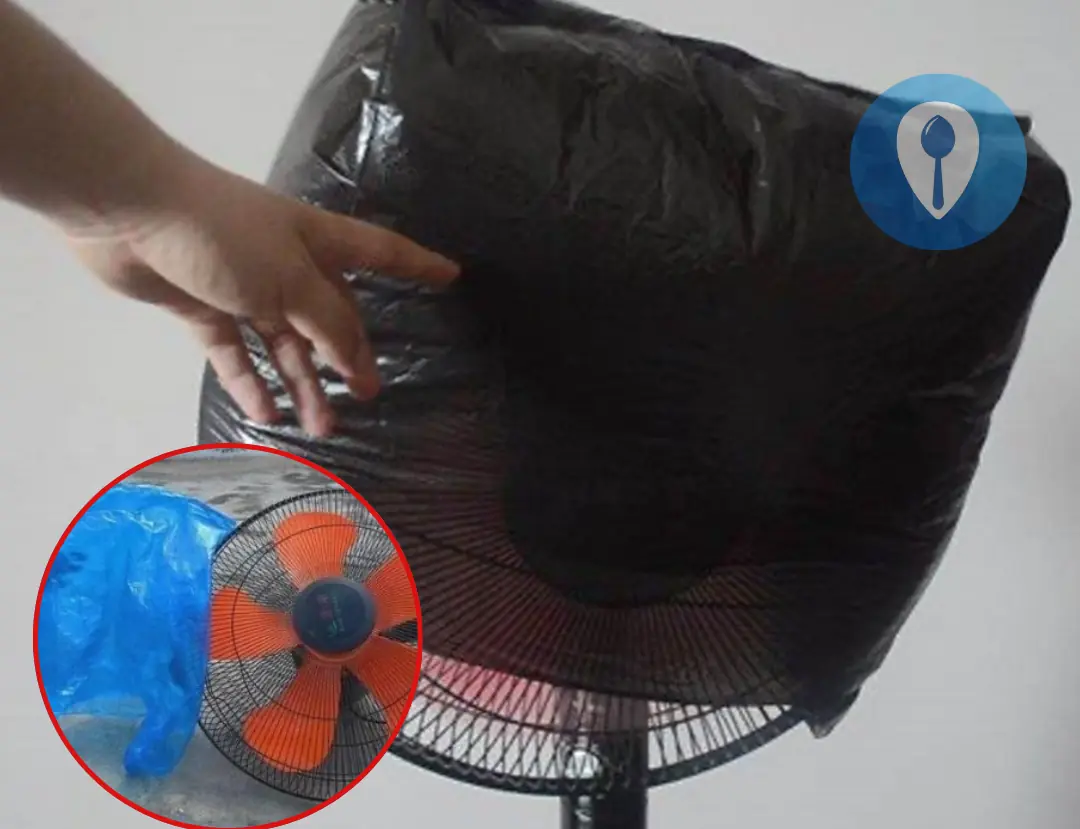
If the electric fan is dirty, don't rush to disassemble it.
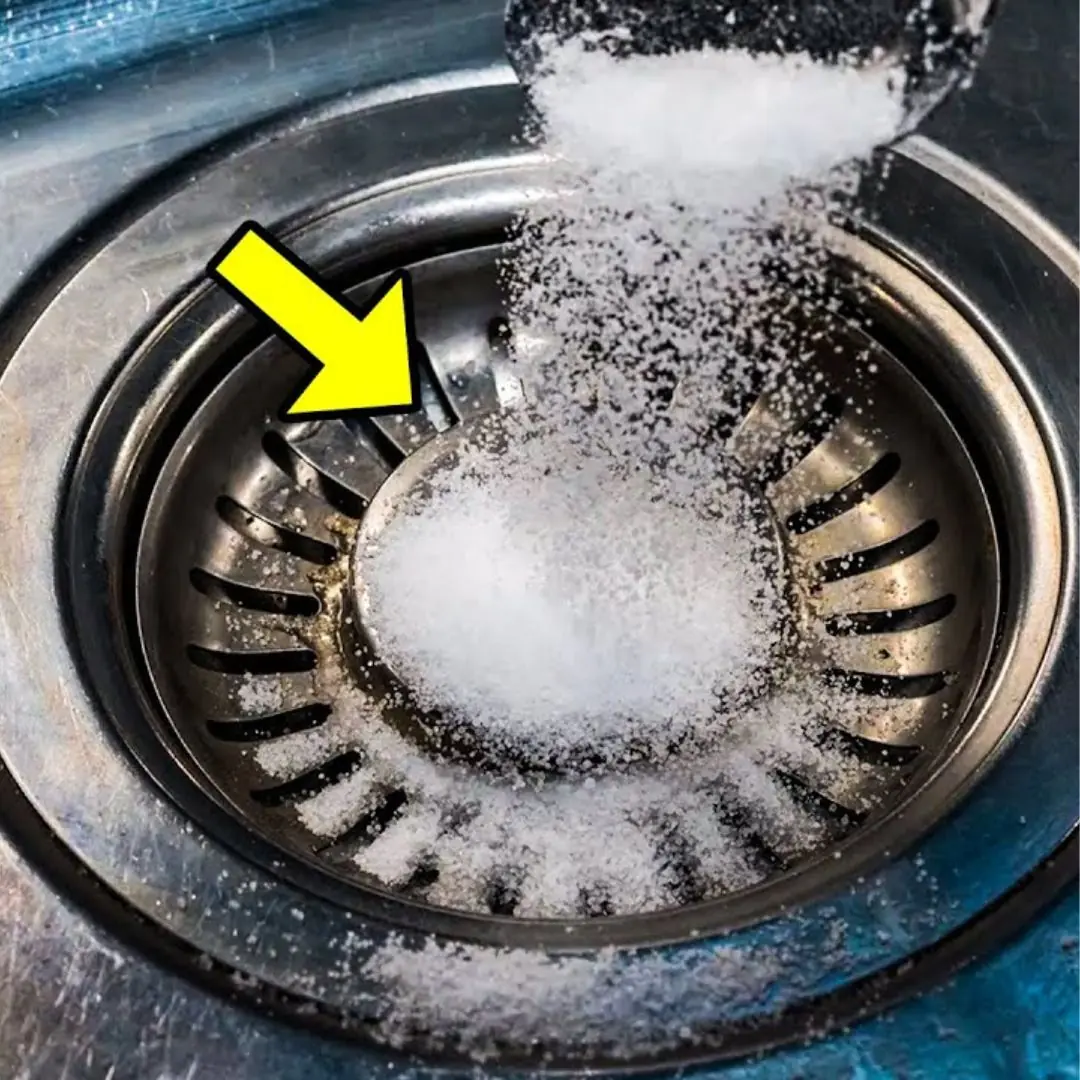
Why should you pour salt down the drain at night?
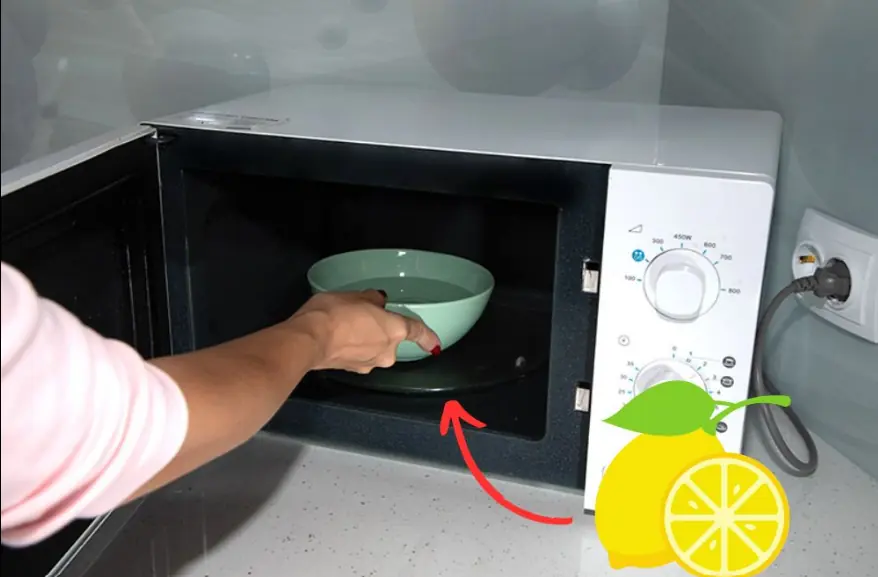
How to Deodorize Your Microwave with Lemon
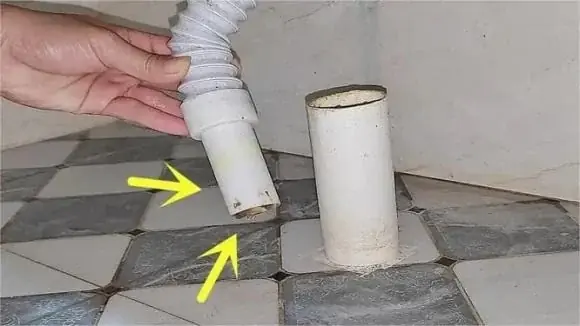
Using a Small Plastic Bag This Way Will Eliminate Unpleasant Odors from Your Bathroom and Kitchen Drains
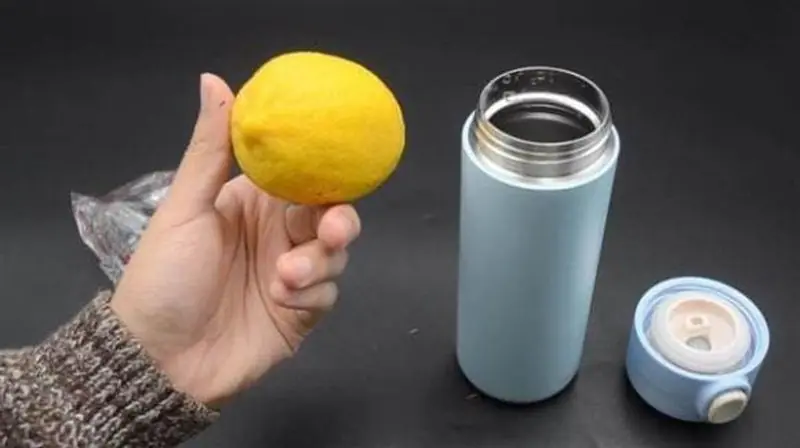
3 types of water that shouldn't be stored in a thermos
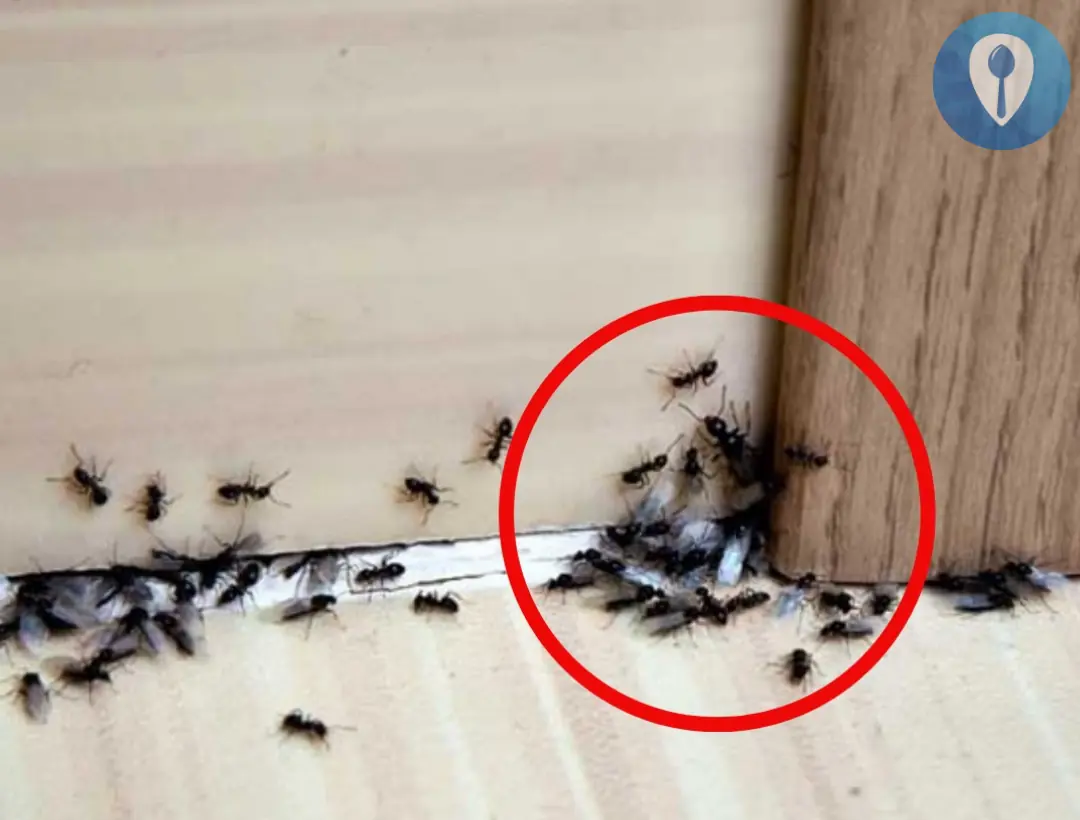
Tips to get rid of ants from your house without spending a penny

When buying eggplants, should you choose curved or straight ones? Growers share 4 tips

5 surprising effects of eating bananas at night
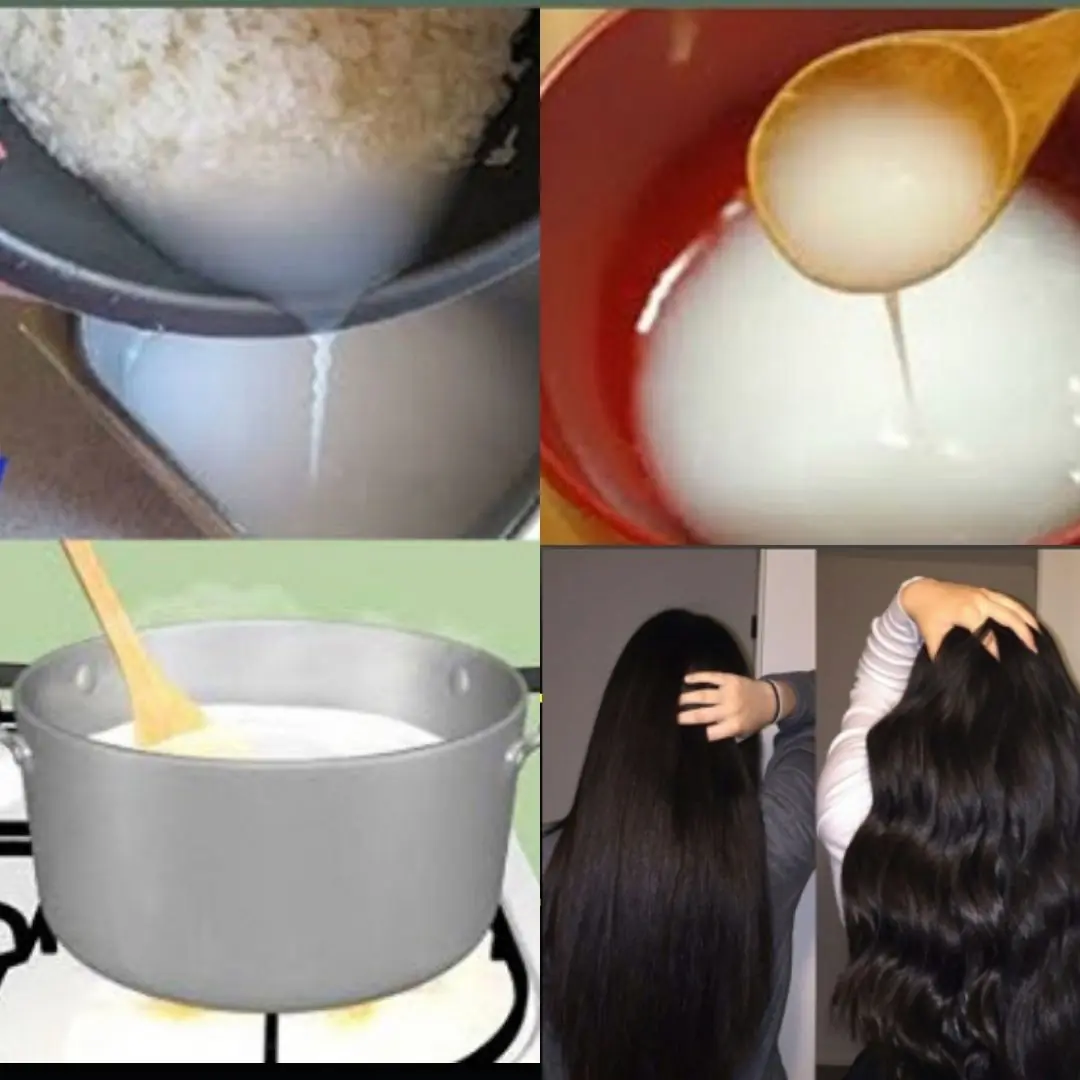
TIPS to stimulate hair growth with rice water effectively after only 1 month

What to do if bit.te.n by a dog? 6 safe ways to handle and give first aid

Plants that should not be planted around the house because they attract snakes

How to Improve Your Mental and Emotional Health
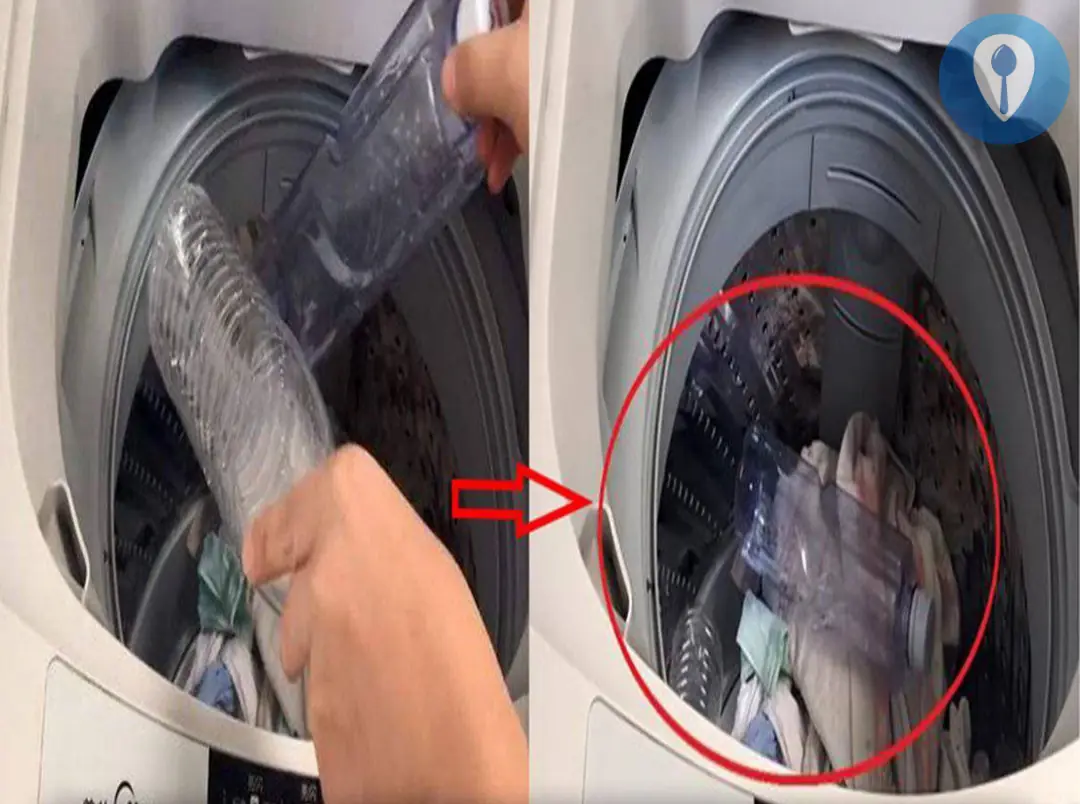
Throw 2 water bottles into the washing machine, a great tip to keep clothes clean

If your sink is clogged, don't pour hot water: Do this immediately to quickly unclog it and remove the bad smell.
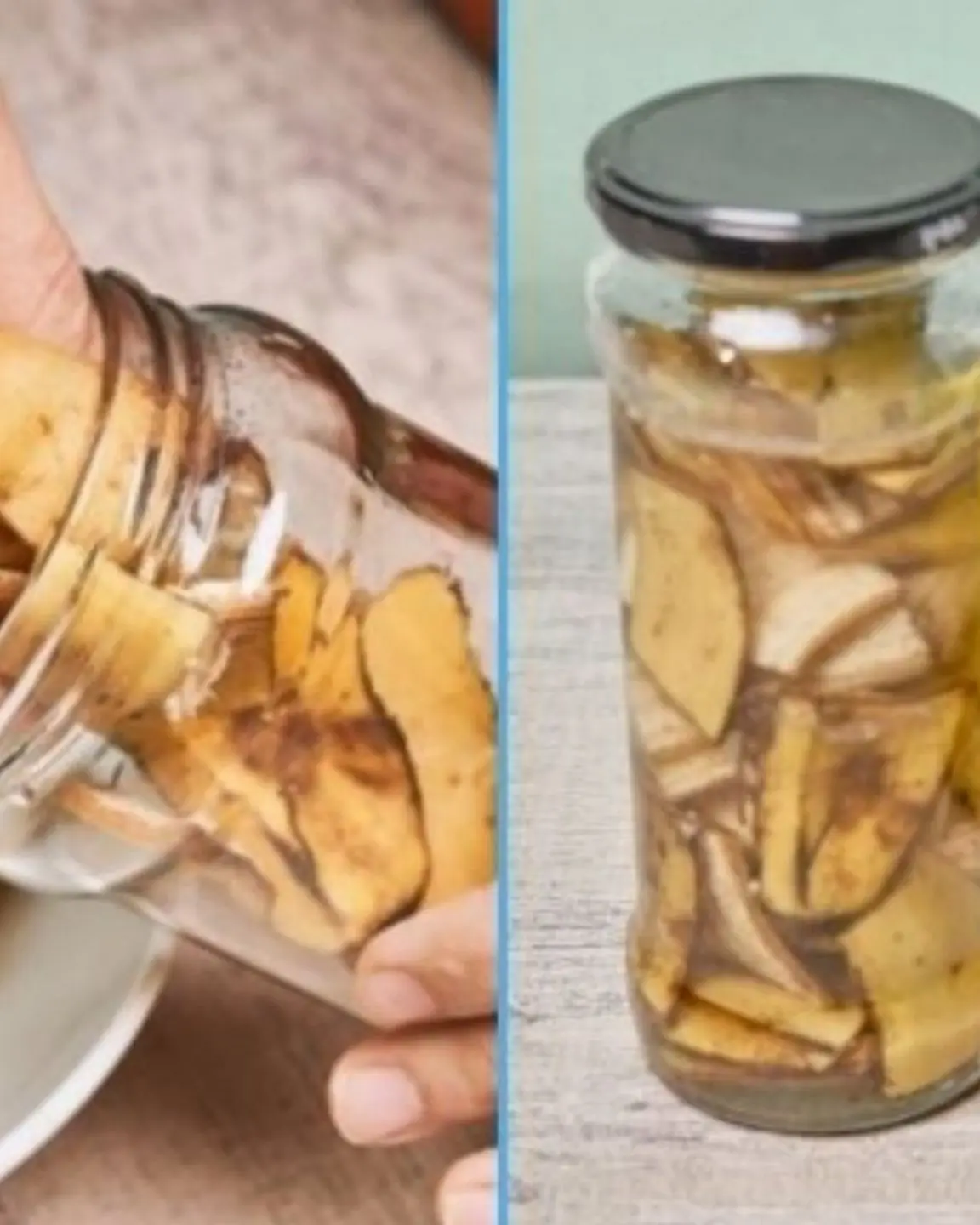
Remember to keep the banana peel after eating it. Doing it this way has surprising benefits

Garlic and onions that are stored for a long time often sprout: store them this way so they don't spoil or sprout all year round
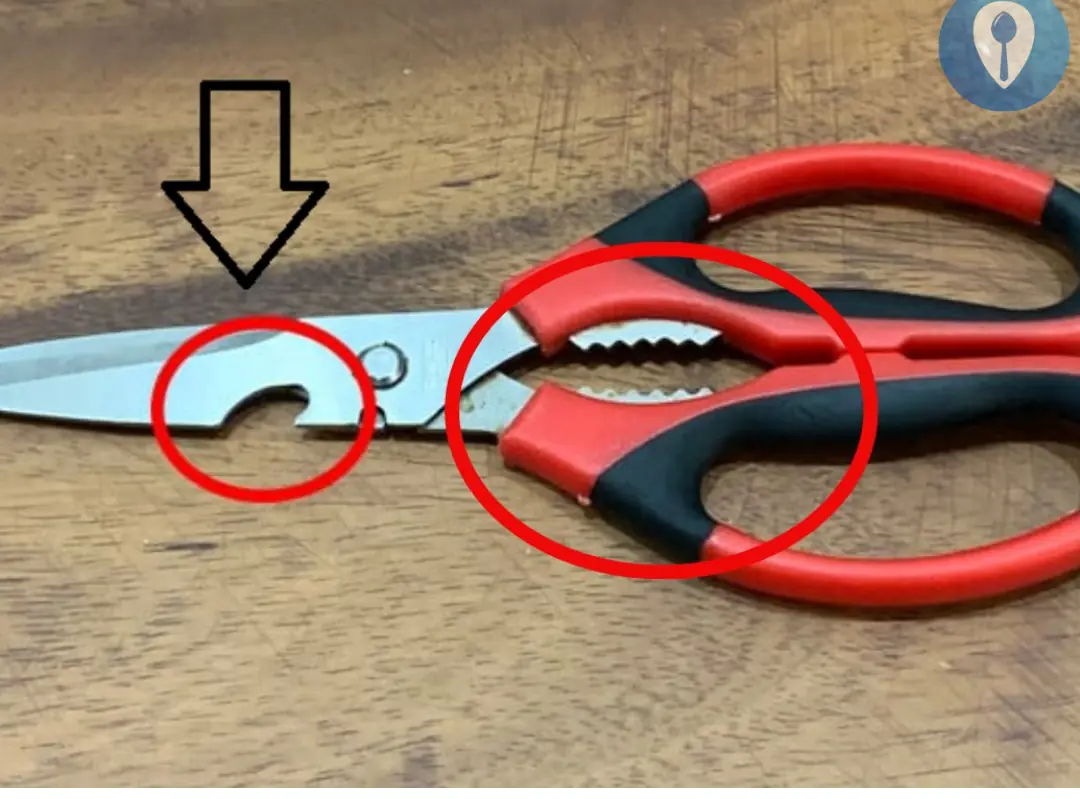
What are the buttonholes and serrated holes on scissors used for?
News Post

10 Cancer-Linked Foods You Should Never Put in Your Mouth Again

Rosemary Lemon Grilled Chicken

Eat boiled green bananas every day - Unexpected health benefits

3 parts of shrimp that "accumulate t.oxins" - Many people eat them without knowing

Pumpkin is really good, but for these 5 groups of people, it is a "double-edg.ed s.word" for health and should be limited

A new can.cer vaccine trains the immune system to recognize and attack tumor cells

5 types of poisonous meat and fish that are so terrible that sellers don't dare eat a piece

If the electric fan is dirty, don't rush to disassemble it.

Natural Treatment for Diabetes, Stomach Issues, and High Blood Pressure

What are the benefits of drinking lemon water?

Eliminate Nail Fungus Naturally

Natural remedy for sore joints and bones: Only four ingredients!

Overeating These 5 Foods Is Like ‘Overworking and Straining’ Them

No Matter How Delicious, Avoid Overeating These Foods to Protect Your Liver

Why should you pour salt down the drain at night?

How to Deodorize Your Microwave with Lemon

Two strange points of headache warn of brain tumor, don't ignore

Put Your Quick Wit to the Test: Can You Solve This Brain Teaser?
